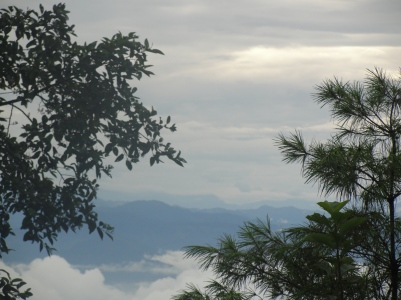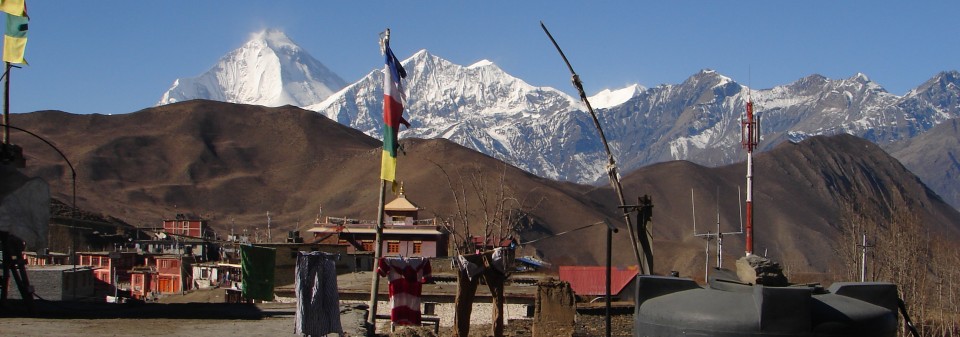Is it our destiny to suffer from floods and landslides (F&L)? This question is often asked when there is a loss of life and property during the monsoon. And it looks like it is because 200 to 300 people lose their lives and hundreds become homeless between June and September almost every year. We simultaneously have to deal with the loss of infrastructure, homes, livestock, and farms that run into billions of rupees worth when we are bombarded with heavy monsoon rains that bring more than 80% of the annual precipitation.

It’s not that the state hasn’t made efforts to address the issue. Over the past nearly half a century, there have been constant efforts to understand the cause of these disasters and provide solutions to mitigate them. A common understanding that led to the formation of most environmental policies was developed in the 1970s when widespread deforestation in the decades before the 1970s was considered to have resulted in widespread F&L, especially in the Himalayan region. This was later established as the Himalayan Theory of Degradation which subsequently led to the implementation of massive programs in forestry to improve forest conditions across the country. Communities were given the responsibility of protecting and managing all accessible forests that they’d relied on in the past; the results were very impressive. The forests were not only protected but their cover increased to near 45% of the country. Yet, it’s difficult to say that the loss from F&L has reduced. We never questioned whether our understanding of forests protecting against F&L needed revisiting.
Some of our development approaches have turned out to be faulty because they have aggravated the problem as well. Over the last two decades, road construction to connect almost every village across the mountains became a priority for development programs. These roads have been built using bulldozers, without considering engineering and geological factors and therefore have added to the increased instances of landslides in recent years. Most of these roads do not function during the monsoon because entire sections are washed away by landslides. Maintenance of these roads costs more than they help generate economically, yet there is a strong political incentive to continue building these roads as many of the local leaders themselves are the owners of the bulldozers. Besides, providing access to villages cannot be overemphasized. Unfortunately, development needs will continue to increase demands for these roads without much improvements in the way they are constructed. All it means then is that we are headed towards increasing landslide events in the years ahead. Can’t blame destiny in that case, just our foolish optimism.
The fact of the matter is that F&L are vital parts of the natural process of land building, which will continue to happen irrespective of what we do. We cannot prevent them from happening. However, we may be able to reduce the loss of life and property, if we look at these events from a wider perspective and correct some of the courses we have followed in the name of development or protection of the environment.
Time to return to the basics
F&L are not only environmental problems but they also aggravate our social and economic problems. F&L damage and destroy the very foundations of our economy such as farms and infrastructures; when they are lost, economic activity suffers. A good amount of money also needs to be spent every year in repairing the damaged infrastructure. The private sector also spends a substantial amount on restoring and fixing houses, farms, and private property but data on the privately spent amounts are never available publicly.
F&L pushes families into poverty when they lose farms and animals. Loss of family member(s) means the loss of a workforce or even the breadwinner of the family. Unable to feed the family properly, let alone educating them, families become vulnerable to other problems such as human trafficking.
Efforts made in mitigating a problem as encompassing and recurring as F&L have actually been addressing the symptoms in isolation. Unless the cause of the problem, which is largely the unmanaged and often inadvertently diverted monsoon runoff, is addressed by all development actors in coordination with each other and as part of their development works, suffering from F&L will continue to seem like our destiny.
Until next
Madhukar
